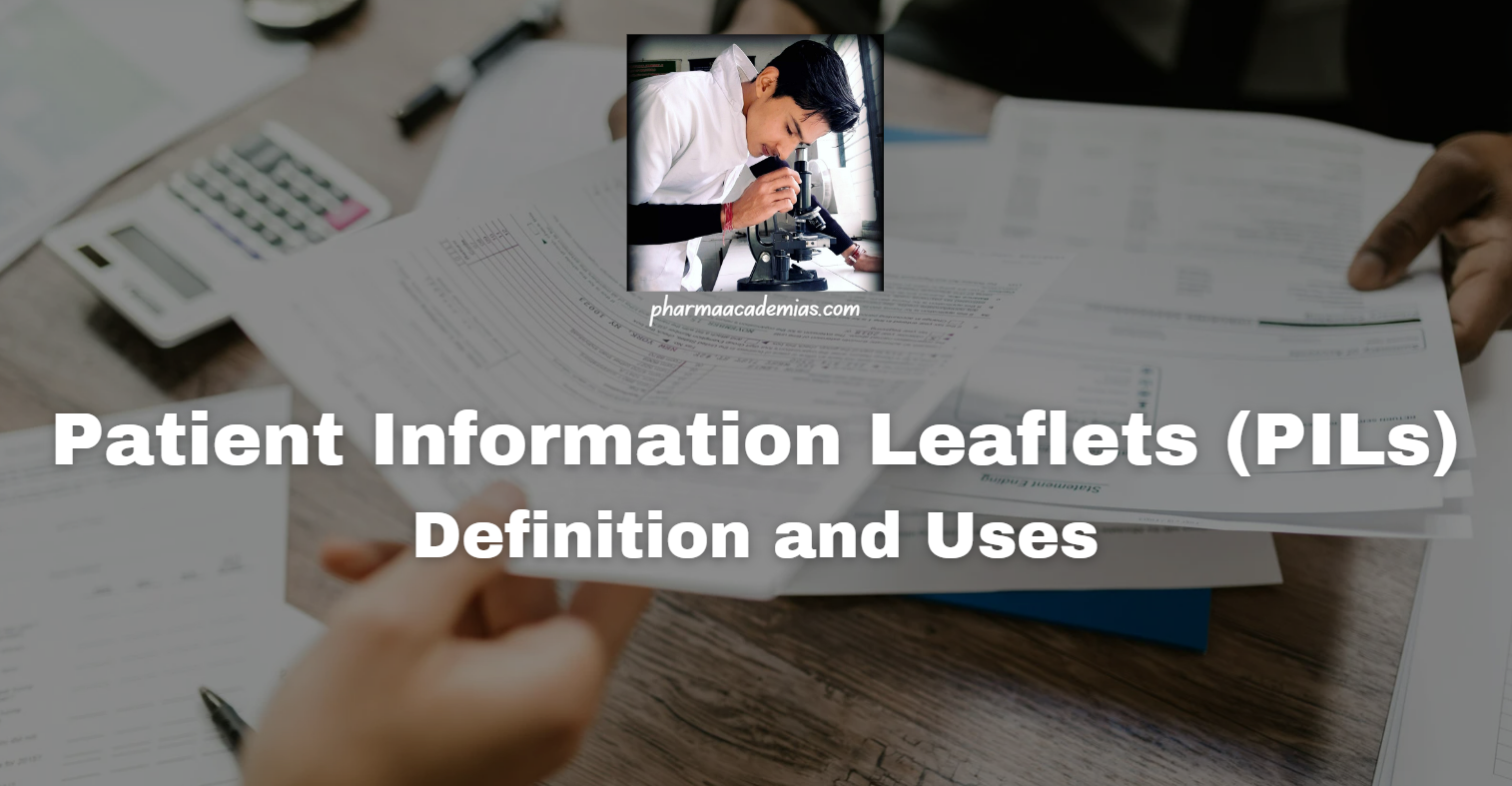Definition:
Patient Information Leaflets (PILs), also known as Patient Package Inserts (PPIs) or Consumer Medication Information (CMI), are documents provided with medications to inform patients about various aspects of their treatment. These leaflets contain essential information regarding the medication’s uses, dosage instructions, potential side effects, precautions, contraindications, interactions, and storage recommendations. PILs are designed to empower patients with the knowledge they need to use their medication safely and effectively.
Uses of Patient Information Leaflets
1. Patient Education:
– PILs serve as vital educational tools, providing patients with comprehensive information about their medication. By understanding the purpose of the medication, how to take it correctly, and what to expect, patients can make informed decisions about their treatment.
2. Promotion of Safe Use:
– PILs play a crucial role in promoting the safe use of medications. They provide clear instructions on dosage, administration, and precautions to minimize the risk of medication errors and adverse reactions. Patients are informed about potential side effects and what actions to take if they occur.
3. Enhanced Adherence:
– Comprehensive information provided in PILs can improve medication adherence. When patients understand the importance of taking their medication as prescribed and are aware of potential consequences of non-adherence, they are more likely to comply with their treatment regimen.
4. Empowerment of Patients:
– PILs empower patients to take an active role in their healthcare. By providing access to information about their medication, patients can ask questions, express concerns, and engage in shared decision-making with healthcare providers. This collaboration fosters a sense of ownership over one’s health.
5. Risk Management:
– PILs help patients identify and manage potential risks associated with their medication. By highlighting possible side effects, drug interactions, and contraindications, PILs enable patients to recognize warning signs and seek appropriate medical attention if necessary.
6. Improvement of Health Literacy:
– PILs contribute to improving health literacy by providing patients with understandable and actionable information about their medication. Patients learn how to interpret labels, understand medical terminology, and make informed choices about their healthcare.
7. Support for Self-care:
– PILs support patients in self-managing their health conditions. By equipping patients with knowledge about their medication, PILs enable them to take a more proactive role in managing their symptoms, monitoring their progress, and making informed decisions about their treatment.
8. Facilitation of Communication:
– PILs facilitate communication between patients and healthcare providers. Patients can use the information provided in PILs to ask questions, seek clarification, and communicate their needs and preferences effectively, leading to more productive interactions with healthcare professionals.
In summary, Patient Information Leaflets (PILs) are valuable resources that provide patients with essential information about their medication, promote safe and effective use, enhance adherence, empower patients, facilitate communication, and support self-care and informed decision-making. PILs play a critical role in empowering patients to take control of their health and participate actively in their healthcare journey.

